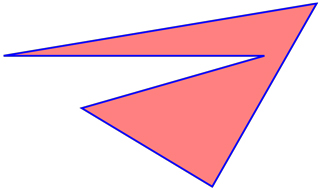(1) Let
$$ C = {\rm conv}\ B\bigcup \{x\}$$ where $B$ is a closed ball of center $o$ and
$x$ is not in $B$.
Consider arc $A\subset B$, $$ \partial B \bigcap {\rm Int}\ C $$
Note that by any Steiner symmetrization $S_L$, $A$ is still in the interior ${\rm Int}\ S_L(
C)$.
If $x_1$ is close to $x$ s.t. $\overrightarrow{ox}$ and
$\overrightarrow{ox_1}$ are different, then $S_L(C)$ where $L=(
\overrightarrow{ox_1})^\perp$ has arc $A_1$ which contains $A$.
After a finite process, $\partial B-A_n$ is a one point set. Hence
through a some Steiner symmetrization, $A_{n+1}=\partial B$. Hence
the resulting convex and compact set contains a ball $B'$ whose
radius is
strictly larger than that of $B$.
(2) Fix a point $o\in \mathbb{E}^2$ which is the origin.
Here assume that
all hyperplane pass through $o$.
Assume that $C$ is a convex and compact subset. If $x$ is interior
point in $C$, then define $v=\overrightarrow{ox}$
so that $o$ is an interior point of $S_L(C)$ for $v^\perp=L$.
In further, if $B$ is a largest closed ball in $C$ of center $o$,
then there is an open arc of non-zero length in $
\partial B \bigcap {\rm Int}\ C$.
Hence we have $B'$ in $(1)$. So repeat the process.
If there is no such arc in $\partial B \bigcap {\rm Int}\ C$, then $B=C$.



